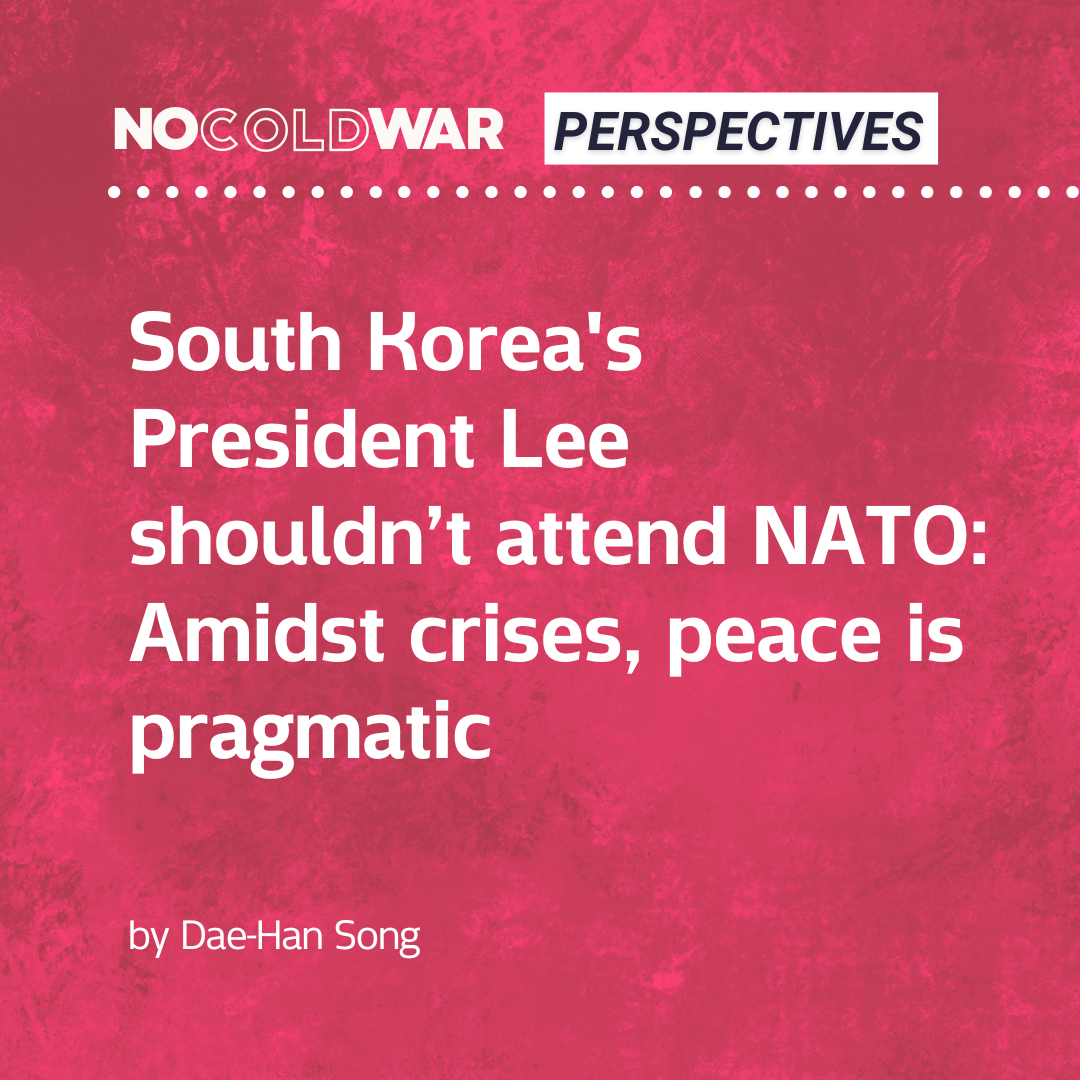
By Vijay Prashad
By the end of the annual meeting of the North Atlantic Treaty Organization (NATO) in The Hague in June 2025, it became clear that everything was about money. In fact, the final communiqué was perhaps the shortest of any NATO meeting – only five points, two about money and one to thank the Netherlands for hosting the summit. The Hague Declaration was only 427 words, whereas in the previous year, the Washington Declaration was 5,400 words and ran to 44 paragraphs. This time, there was not the granular detail about this or that threat, nor the long and detailed assessments of the war in Ukraine and how NATO supports that war without limit (“Ukraine’s future is in NATO”, the alliance said in 2024, a position no longer repeated in the brief statement of 2025). It was clear that the United States simply did not want to permit a laundry list of NATO’s obsessions. It was instead the US obsession that prevailed: that Europe increase its military spending to compensate for the US protective shield around the continent.
Having agreed to increase their military spending to 5% of their Gross Domestic Product (GDP), the European states have created a series of problems for themselves....





